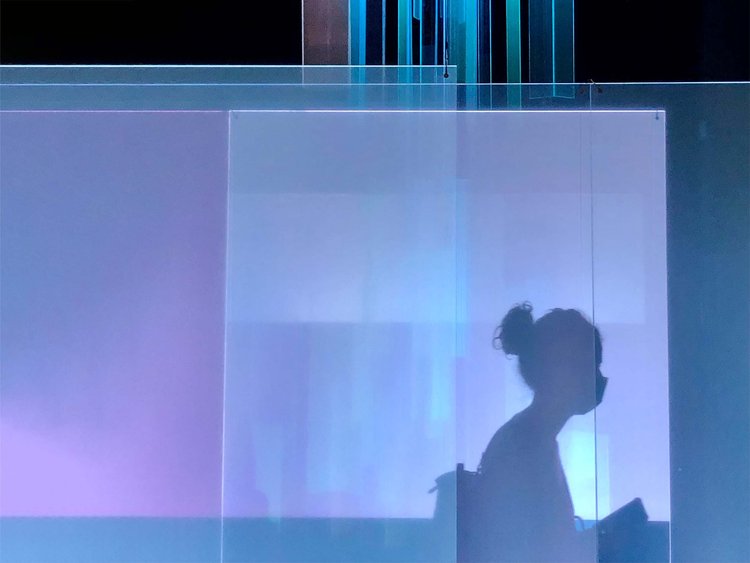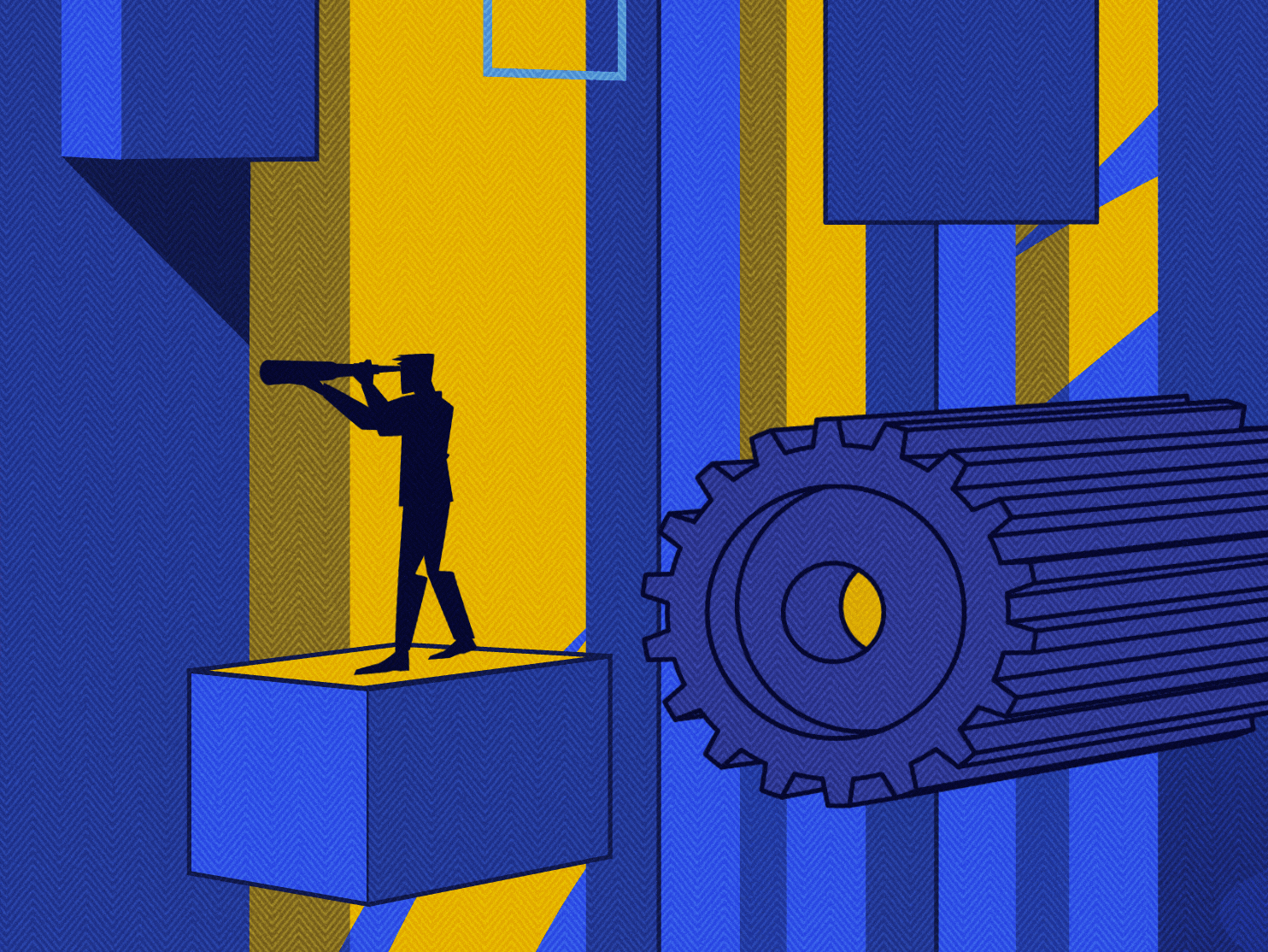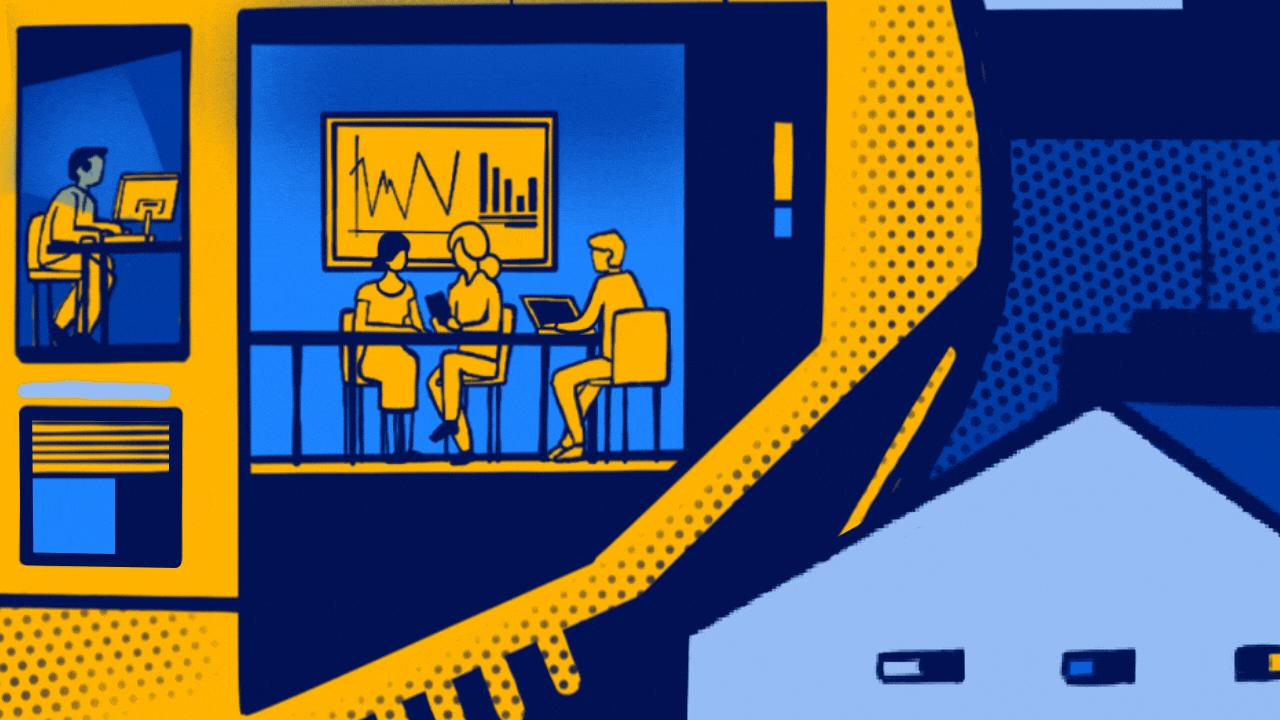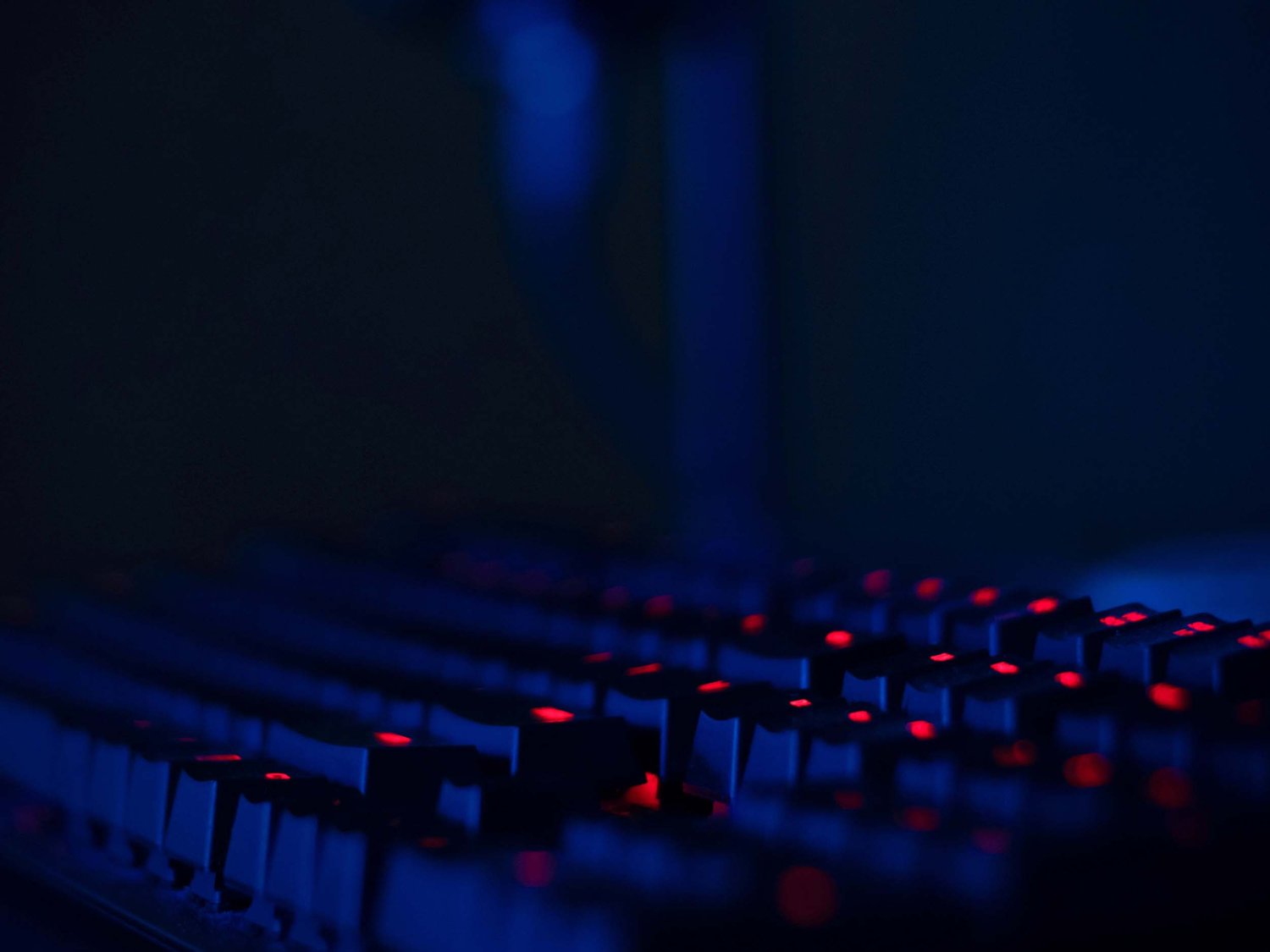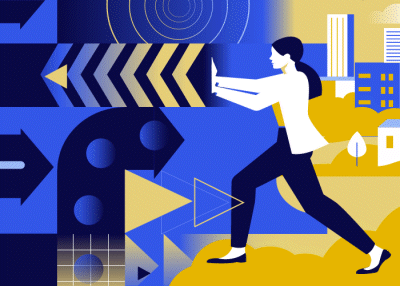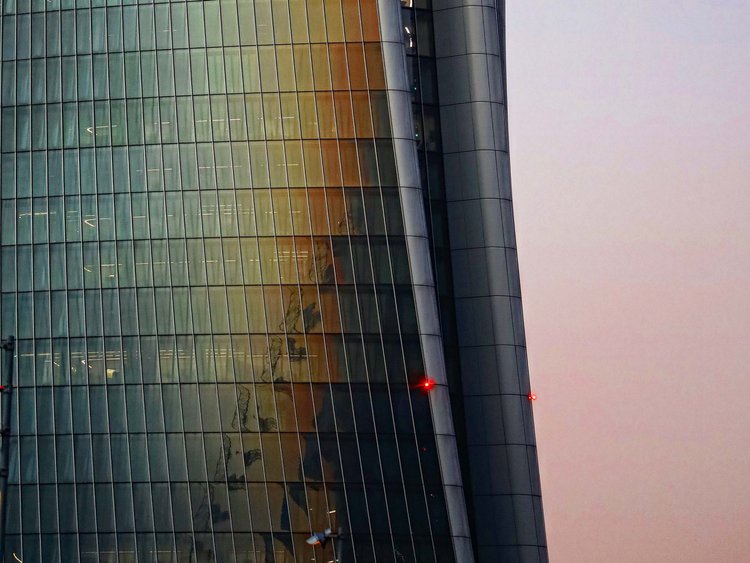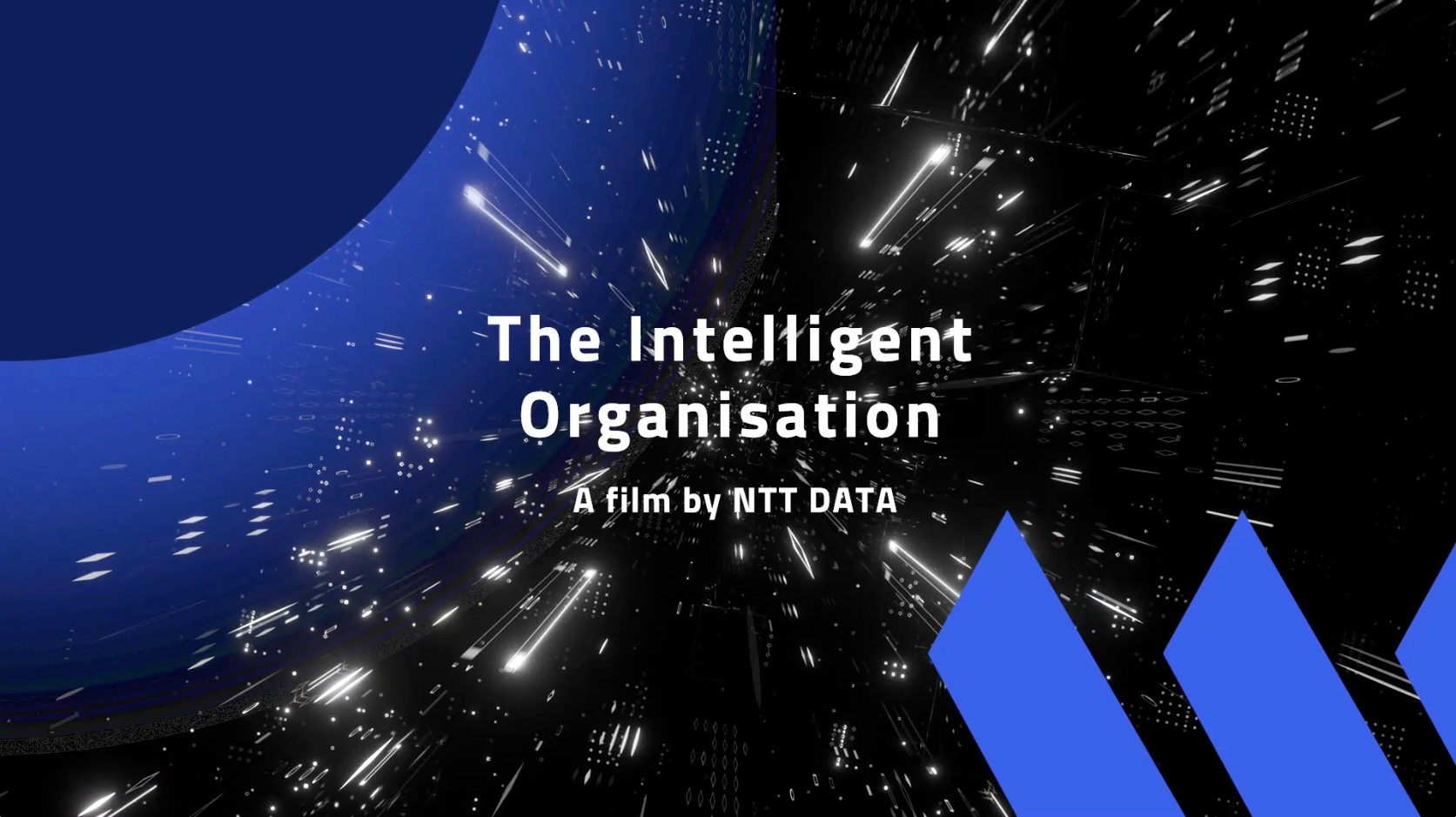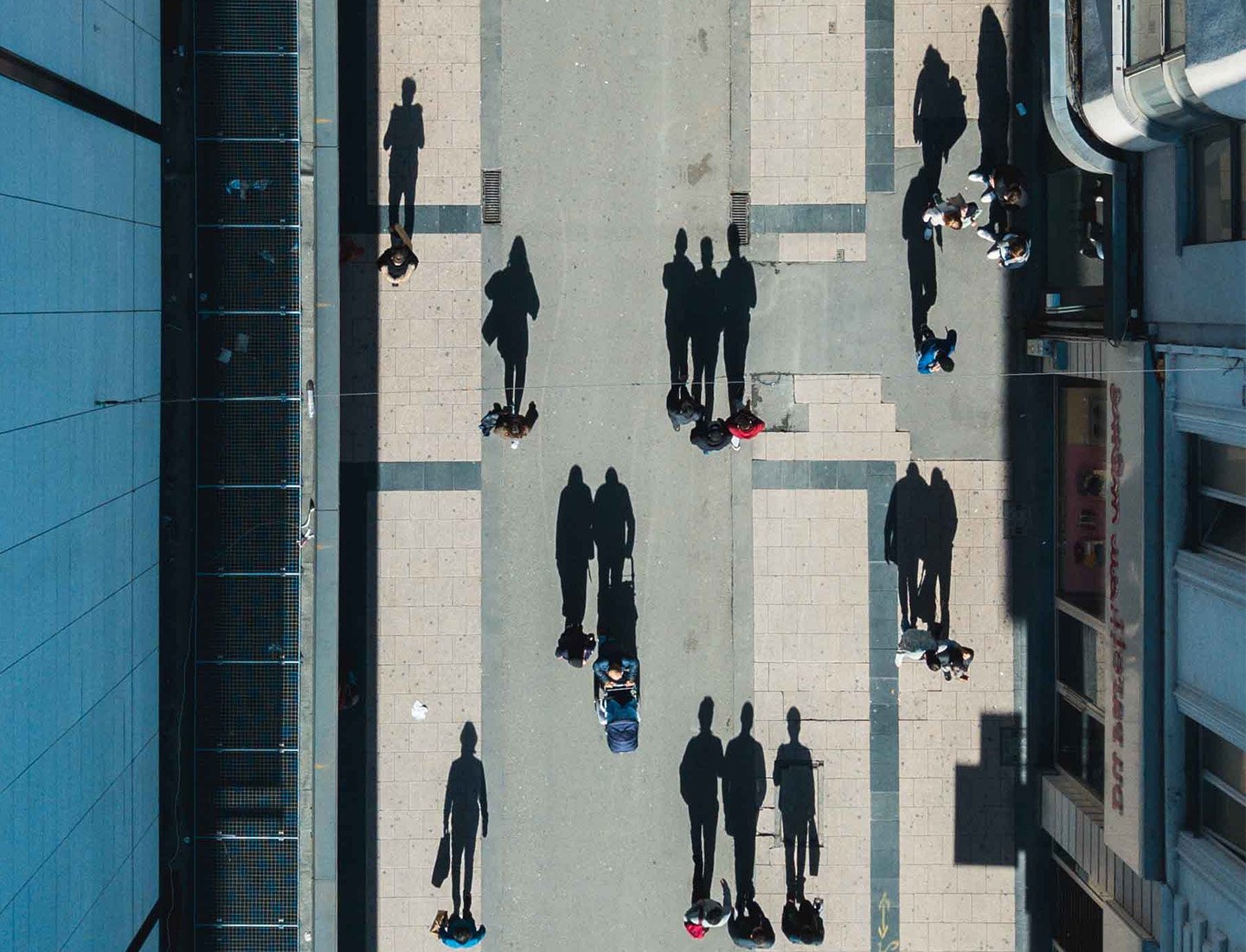
Today’s workplace looks vastly different from what we could have imagined just a couple of years ago. New ways of working – fueled by the pandemic, a change in behaviors, and growth of the digital world – demand the right future workplaces for human connection. These are places where employees’ senses are being put to work and hold the key to creativity, collaboration and wellness.
In step with the dynamic pace of technological changes organizations are already dealing with, the advent of hybrid working is changing the face of work as we know it, at speed. Therefore, organizations must design spaces that allow for heterogeneity and flexibility wherever possible, and encourage employees to be creative, and honest, about how these spaces can be improved.
After all, workplaces reinforce the organization’s culture and facilitate innovation. Understanding the real challenges of employees is crucial in order to design future workplaces that cater to the different user groups in the organization.
The ups and downs of the hybrid workplace
In today’s highly technology-enabled workplaces, understanding the complex ways that teams collaborate in person and remotely is the key to the rightsizing of workplace solutions. In many legacy office spaces, it is common to see a closed, unused private space (for example when an executive is out of the office traveling), while other employees struggle to find places to meet. So, designing new spaces can’t resolve all of the challenges; organizations must also inspire new behaviors and shift workplace norms for the better.
Remote work brings its own challenges. Remote workers were finding it hard to switch off from the daily grind. Virtual workplaces can better differentiate between home and work life, creating the workplace sensation and that of leaving after working hours.
In the past two years of the pandemic, we have realized that remote work brings its own challenges. Remote workers were experiencing difficulties separating home and work life, finding it hard to switch off from the daily grind. Virtual workplaces can better differentiate between home and work life, creating the workplace sensation and that of leaving after working hours. Moreover, such workplaces don’t need a typical office environment, but rather a flexible location where employees feel comfortable working.
Another aspect people consider while designing modern and future workplaces are the younger generations. Many Millennials and Gen Z grew up with apps and social media that might give them native digital fluency, but this does not mean they don’t like to connect physically. Therefore, we should guard against generalizing about what new generations are interested in.
Workplaces should never serve one age group, gender, race, or other demographic group. A good workplace design must support desired behaviors such as collaboration, social interaction and innovation, taking into account the varying needs of the employee base.
A suitable workplace provides a positive environment and productivity, boosts leadership, and develops trust among colleagues and teams. Working together imparts opportunities to be creative and have more of an experimentation mindset; along with that, employee stress is reduced, proper safety is in place, and engagement is high. It is still possible for people to start making a human connection in this isolated age, where most of our activities are technology-led.
Considerations for the future workplace
Although there is growth in the mobile and remote workforce, the workplace still plays a crucial role in how we experience company culture, establish relationships and resolve business challenges. Based on how different people prefer to work on their daily tasks and the type of workplaces that support their work styles, new program and design decisions can be made to better support productivity and cultural effectiveness.
Based on how different people prefer to work, new program and design decisions can be made to better support productivity and cultural effectiveness.
These hybrid workplace trends should be based on the study of behavioral science, organizational design, change management, performance metrics, demographics, and technological advances. The following is an overview of future workplace trends:
- Attracting top talent – creating comfortable, appealing workplaces with flexibility and choices for work is an important tactic to recruit and retain top talent.
- Engagement – the workplace can engage employees by providing a communication and integration medium that helps recognize individual or team contributions and provides spaces for effective collaboration.
- Remote working – employees also work while traveling, in hotels, at customer sites, and at home. So, future workplaces need to be supported with the right technology that allows employees to work effectively from anywhere.
- Flexible work – employee engagement becomes relatively high when employees are motivated, which positively impacts flexible work. Workplaces must be flexible enough to support such needs, and activate the disengaged workforce.
- Activity-based work – to reduce complexity, workplaces need to be built to help support different work activities through dedicated work areas and facilities.
- Modern design – workplaces with modern design that take into account thermal comfort or air quality, natural light, noise, open spaces and good ergonomics are needed to grow productivity and provide a healthy environment.
- New technology – the use of new technologies such as smart desks and boards, intelligent devices and assistants, and virtual team rooms is increasing in the workplace today.
- Best experience for employees – for workforces, what matters is the right, relevant experiences with their workplaces. So, the primary purpose of building any workplace should focus on providing the best experiences for them.
Many of these trends provide an opportunity for the growth of digital workplaces that will continue to evolve. Digital workplaces deliver all the tools employees need to accomplish their tasks while breaking down existing silos. A successful digital workplace strategy can have measurable returns, from increasing efficiency and productivity and a more significant level of innovation and collaboration, to reducing security risks, greater talent attraction, improved employer brand, improved employee engagement and retention, reducing cost and providing a better level of services and experiences for customers.
Are immersive experiences the future?
The ongoing hype with the metaverse promises to bring us persistent, decentralized, collaborative, and interoperable opportunities in the new world of work and an immersive experience that could be unforgettable. That could eventually help enterprises to achieve better engagement, collaboration, and connection with their employees through virtually augmented workspaces.
The metaverse promises to bring us decentralized, collaborative, and interoperable opportunities in the new world of work – that could help enterprises to achieve better connection with their employees through virtually augmented workspaces.
Organizations that want to hold seats in the early adopters’ category can encourage employees to communicate with their colleagues at a virtual training center, visit virtual events, explore employee lounges (which can eventually become a connection point beyond work), relax in wellbeing spaces and build relationships among broader workforces. In addition, employees may create virtual avatars that match their personalities, preferences, and appearance, and immersive experiences can be used to augment and speed up the job application journey for new recruits and candidates.
Together with the experience, there is also an economic reward system for participating in the metaverse, which is, in fact, one of its key differentiators from the existing real world. A robust multi-dimensional reward model based on the economics of cryptocurrency tokens can potentially replace employees’ incomes in the physical world. Interoperability within different metaverse worlds is an essential differentiator to overcoming current legacy problems.
Moreover, think about a physical workplace where you work with robots, humanoids and other intelligent machines as co-workers. Our colleagues in the metaverse will not be limited to the avatars of our real-world colleagues. Instead, we will be joined by many digital colleagues, who will be knowledgeable, AI-powered, human-like bots. These cognitive agents will act as advisors and assistants, doing repetitive high-volume work in the metaverse and freeing up human workers for more productive, creative and value-added tasks.
Creating an effective digital workplace requires all the pieces of digital workplace strategy shaped into perfect order, while understanding the need to facilitate relationships, creativity and wellness. Technology and workplace experience are the key components of the hybrid employee experience, and improving these areas will drive employee satisfaction to the next level.






